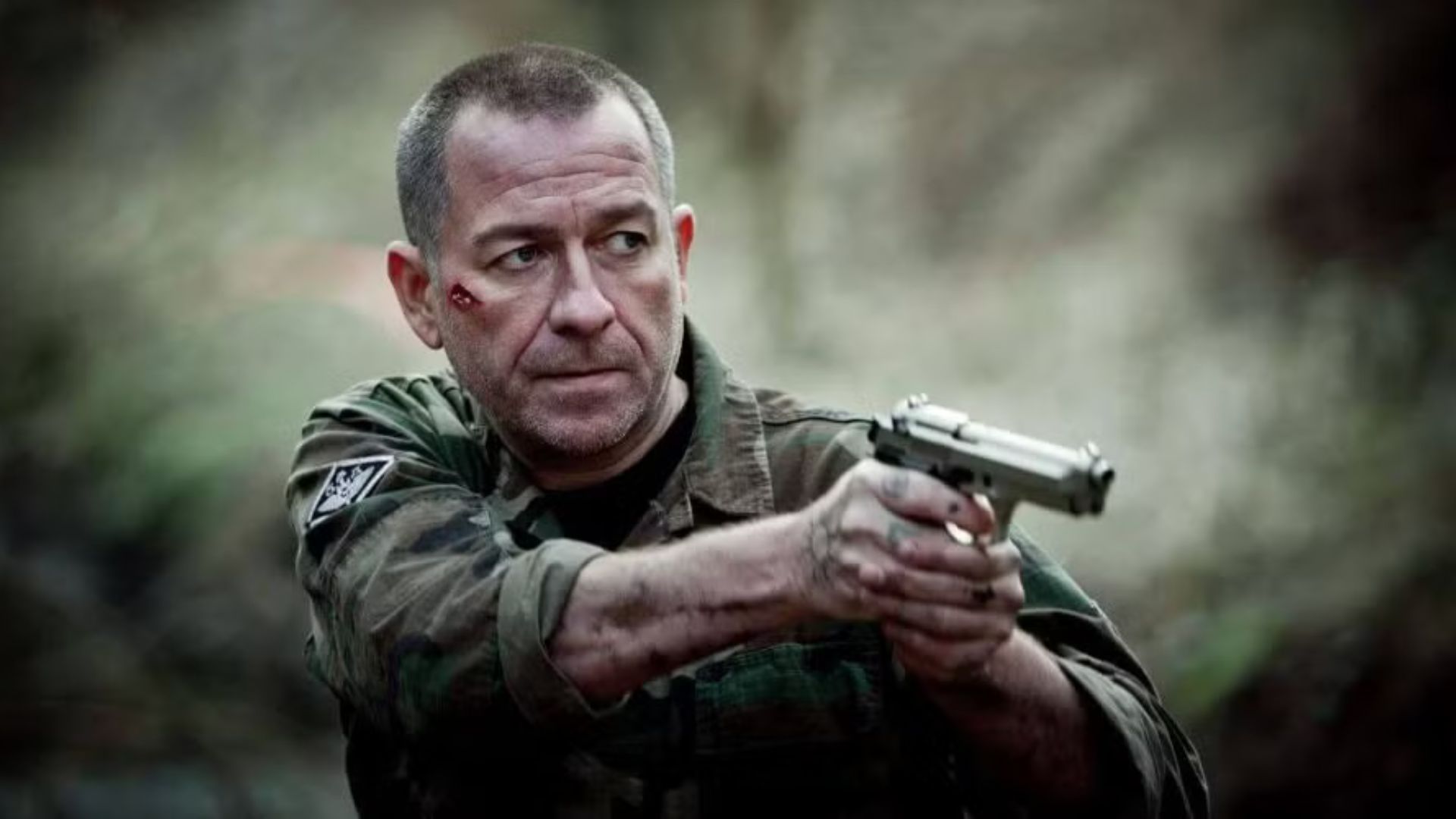
A director’s groundbreaking horror film in 2002 became a cult hit and inspired a wave of new horror filmmakers. While the 1990s featured horror movies that were often PG-13 and playfully self-aware, blending slasher tropes with comedy, horror films became grittier and more intense in the 2000s.
During the 2000s, horror films aimed at young adults were replaced by a trend known as the Splat Pack – directors who focused on graphic violence and disturbing imagery rather than building suspense. While these films were often labeled ‘torture porn,’ the movie that kicked off this shift was actually a well-made werewolf film, and didn’t fit that extreme category.
Dog Soldiers Was The First Movie Of The 2000s’ “Splat Pack” Directors
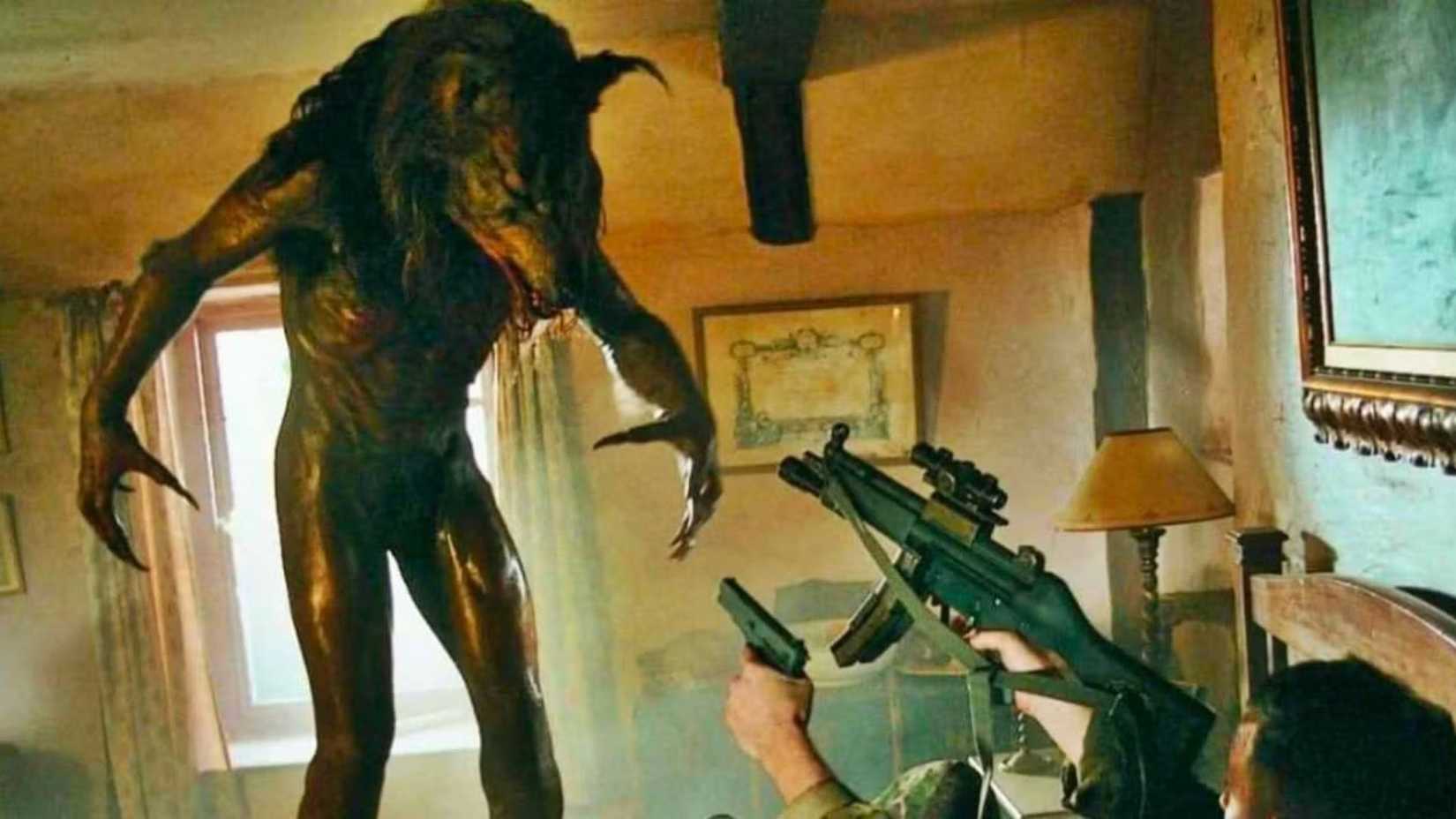
In 2002, British director Neil Marshall made the horror film Dog Soldiers. The movie centers around a group of British soldiers on a training exercise in the Scottish Highlands who stumble upon a pack of werewolves. They seek shelter in a nearby house, unaware that it’s actually where the werewolves live as humans.
Neil Marshall created a visually impressive werewolf film by focusing on traditional effects like practical effects and animatronics, rather than relying on computer-generated imagery which was becoming common in horror at the time. The movie also featured realistic and graphic gore, including scenes of disembowelment, severed limbs, and deep claw wounds.
The focus on practical effects and gritty horror was what really kicked off the era of filmmakers known as the ‘Splat Pack.’ Many consider Neil Marshall’s Dog Soldiers to be the film that started it all. He was soon joined by directors like Alexandra Aja (High Tension), Eli Roth (Cabin Fever), James Wan (Saw), and Rob Zombie (The Devil’s Rejects), and a number of others.
Film critic Alan Jones of Total Film magazine first used the term to refer to a new wave of horror directors. These filmmakers were known for creating intensely graphic, R-rated horror movies, often made with limited financial resources, moving away from the more mainstream, PG-13 horror films. However, Neil Marshall’s most significant work was yet to come.
Over 20 Years Later, Dog Soldiers Is Still Excellent
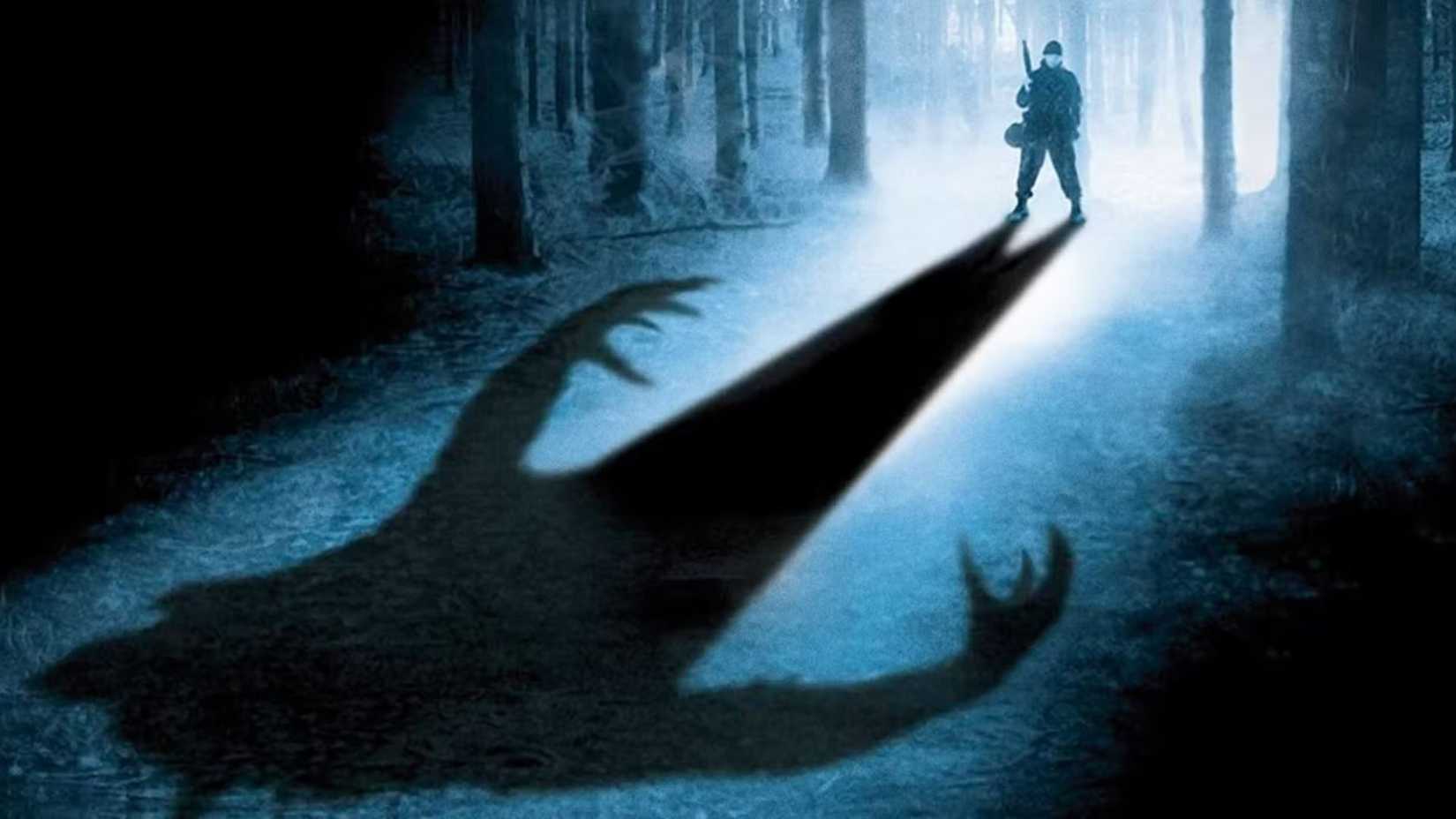
Neil Marshall’s Dog Soldiers quickly established him as a director to watch for horror enthusiasts. Released just two years after Ginger Snaps successfully reintroduced werewolves to the horror genre, Dog Soldiers took a different approach. While Ginger Snaps used werewolves as a metaphor for the challenges of growing up, Dog Soldiers was a straightforward, action-packed, and very bloody horror film.
Similar to the groundbreaking effects in An American Werewolf in London, Dog Soldiers quickly gained a dedicated fanbase – and deservedly so. Despite its limited budget, the movie featured strong performances, impressive practical effects, and skilled direction, delivering both genuine scares and plenty of gore.
Even after more than 20 years, this movie still stands out as a really enjoyable and scary werewolf film, especially for fans of gore. It’s arguably even better now than when it originally came out, thanks to a recent upgrade overseen by the director, Neil Marshall. A 4K version released in 2022 makes the special effects look more impressive than ever before.
Dog Soldiers Was Neil Marshall’s Precursor To The Descent
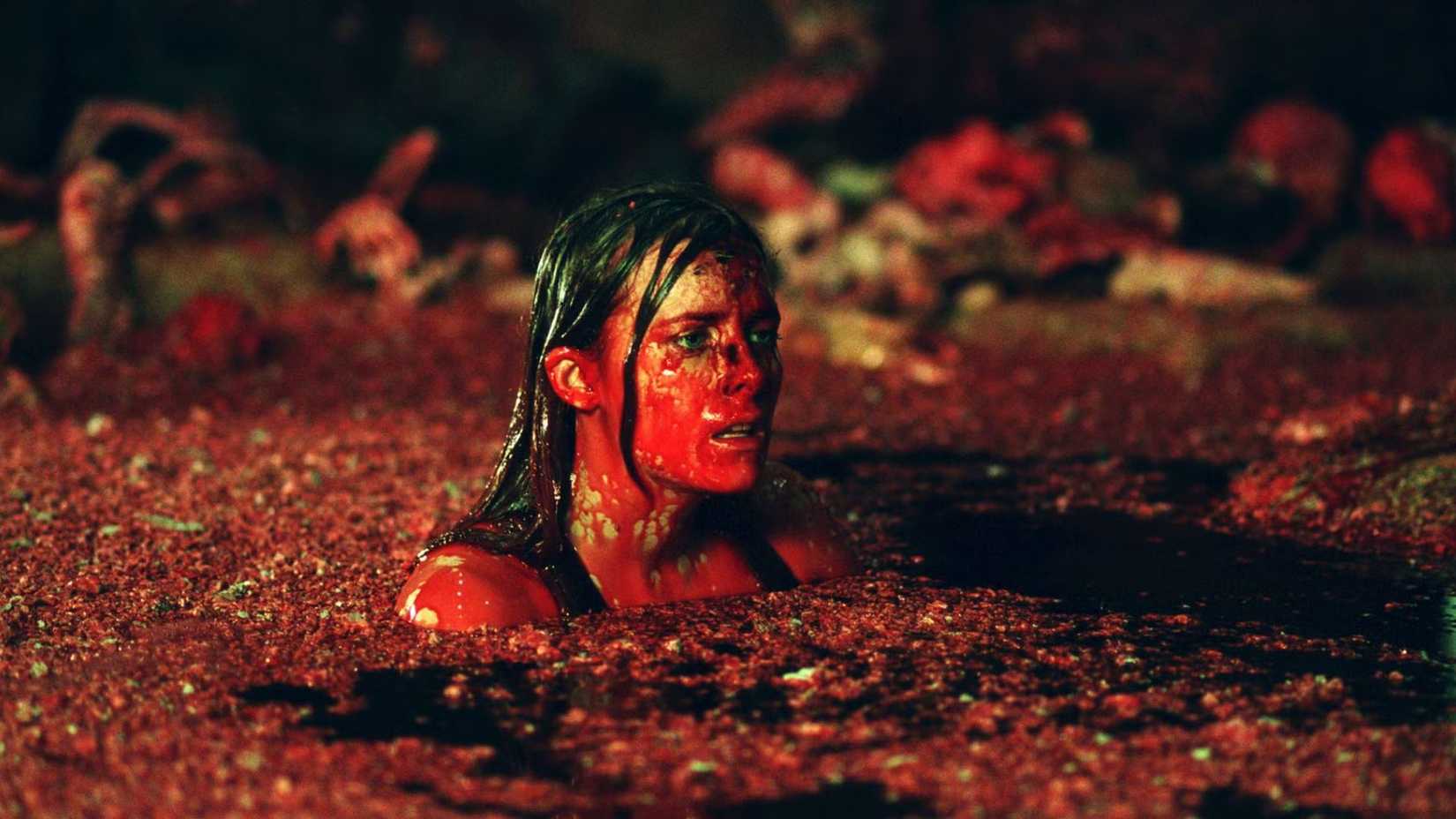
Following the popular success of Dog Soldiers, Neil Marshall directed what many consider his best work: the horror film The Descent. Released in 2005, the movie built on the gritty, intense style of his previous film, but was even more shocking and graphic. The Descent is a terrifying survival horror story with a truly frightening conclusion.
Like the movie Dog Soldiers, this film features a group of people isolated in the wilderness who come face-to-face with terrifying creatures. Setting the action in a cave system and focusing on spelunking heightened the suspense and fear. The incredibly tight, enclosed spaces contributed to what became a truly masterful horror film.
As a critic, I remember when The Descent hit theaters – it was a real hit with audiences! But honestly, it exploded even more when it came out on DVD and Blu-ray. The different endings they included were a stroke of genius, totally reframing how you understood the whole movie. And director Neil Marshall really doubled down on practical effects and prosthetics, which critics – myself included – absolutely loved. It earned a fantastic 87% fresh rating on Rotten Tomatoes, and deservedly so.
Although Neil Marshall hasn’t had major success with films since The Descent, he’s become well-known for his work on television. He directed two episodes of Game of Thrones, notably the highly-regarded “Blackwater,” and also directed “The Watchers on the Wall,” which received an Emmy nomination in Season 4.
The Splat Pack Went On To Redefine Horror Movies In The 2000s & 2010s
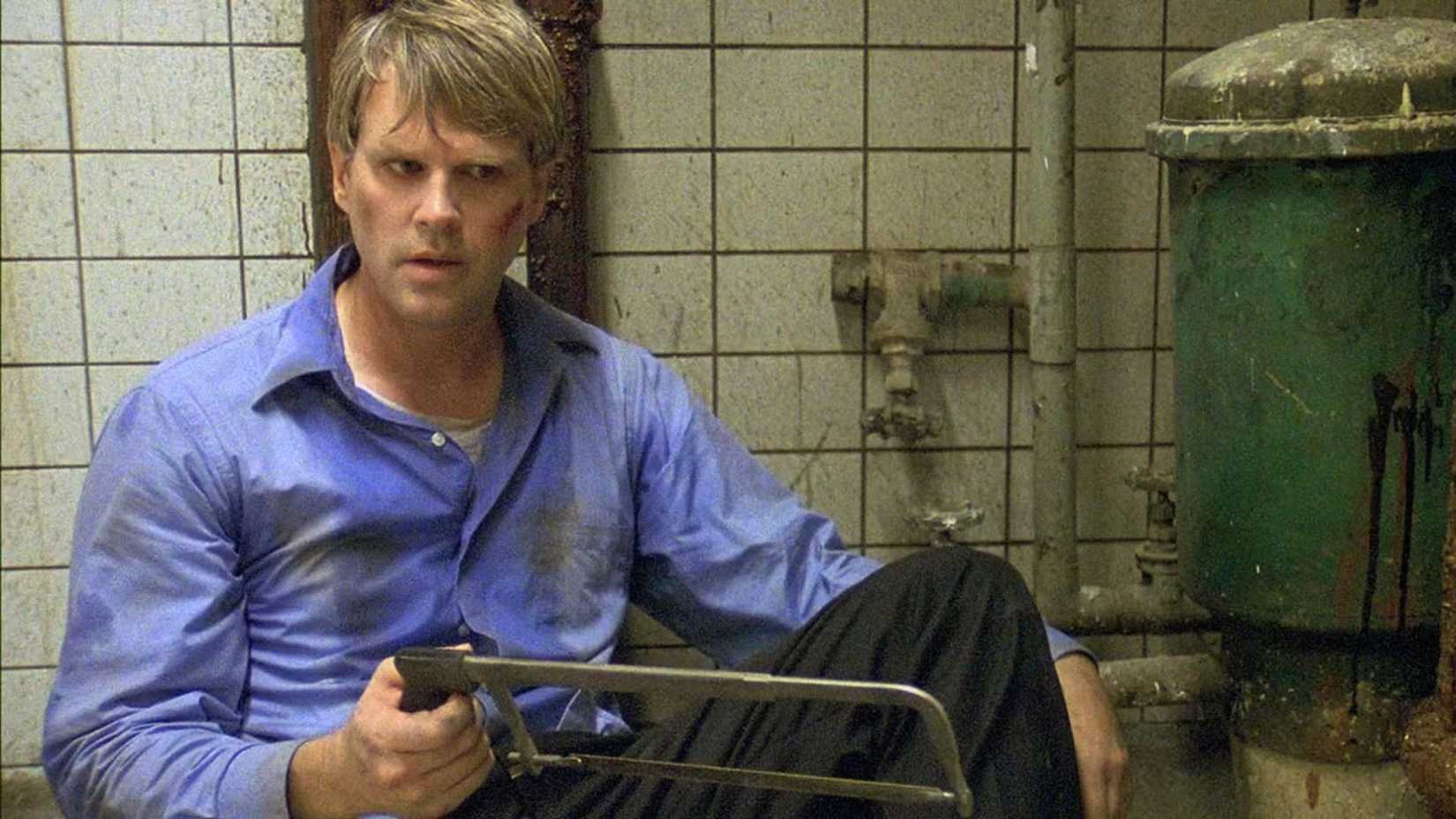
As previously noted, Neil Marshall was a key figure in developing a new approach to filmmaking alongside a group called the Splat Pack. Shortly after Marshall’s film Dog Soldiers came out, Eli Roth released Cabin Fever, suggesting they were working on their projects concurrently. This overlap indicates that both Marshall and Roth likely deserve credit for pioneering the Splat Pack style.
Both Marshall’s Dog Soldiers and The Descent are considered excellent horror films and have become classics, but Eli Roth ultimately achieved greater mainstream recognition. After his film Cabin Fever, he released Hostel and expanded his influence by producing other movies and working with fellow filmmakers.
As a huge horror fan, I remember the 90s being full of those clever, self-aware horror flicks that did really well in theaters. But then came a wave of movies – people called them the Splat Pack – and while they weren’t huge blockbusters, they were surprisingly profitable because they didn’t cost much to make. I think that’s really where we saw a new generation of horror directors emerge, and honestly, James Wan and the Saw franchise are the perfect example of that success story.
Wan revitalized horror by incorporating more supernatural elements into the gore seen in films like The Conjuring and Insidious, which are now considered staples of the genre. Rob Zombie’s gritty, realistic approach to the Halloween series, combined with Neil Marshall’s innovative film Dog Soldiers, further demonstrated a shift in horror filmmaking.
Read More
- Super Animal Royale: All Mole Transportation Network Locations Guide
- Shiba Inu’s Rollercoaster: Will It Rise or Waddle to the Bottom?
- Zerowake GATES : BL RPG Tier List (November 2025)
- The best Five Nights at Freddy’s 2 Easter egg solves a decade old mystery
- Wuthering Waves version 3.0 update ‘We Who See the Stars’ launches December 25
- xQc blames “AI controversy” for Arc Raiders snub at The Game Awards
- Avengers: Doomsday Trailer Leak Has Made Its Way Online
- Daisy Ridley to Lead Pierre Morel’s Action-Thriller ‘The Good Samaritan’
- Pokemon Theme Park Has Strict Health Restrictions for Guest Entry
- LINK PREDICTION. LINK cryptocurrency
2025-10-27 21:02